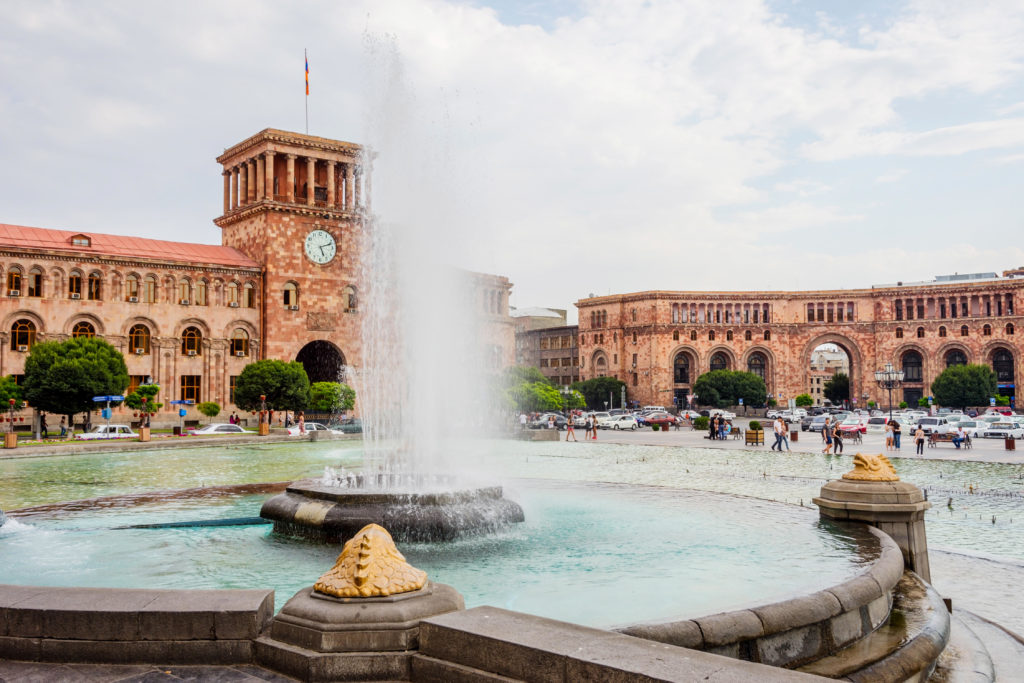YEREVAN
The International Monetary Fund (IMF) expects Armenia’s economic recovery to continue in the second half of this year and in 2022, supported by fiscal and structural reforms.
Armenia’s economy returned to growth in the second quarter of this year backed by a rise in prices for commodities on world markets, growth in agriculture and robust tax collections figures.
The ex-Soviet country’s gross domestic product (GDP) shrank 3.3 percent year-on-year in the first quarter of 2021, but grew by 13.1 percent year-on-year in April-June and by 17.4 percent compared to January-March of this year. In January-July, economic activity accelerated by 5.2 percent year-on-year, according to official statistics. The IMF said that GDP grew by 5 percent in the first half of 2021.
“The economic recovery is set to continue in the second half of 2021 and through 2022 with GDP growth of 6.5 and 4.5 percent, respectively, expected this year and next,” the IMF said in a statement following a mission to the the country.
“Downside risks remain elevated, however, including from geopolitical tensions, a slowdown in external demand, and heightened global financial market volatility.”
Annual inflation accelerated to 8.8 percent in August, driven by a surge in food prices.
The IMF said inflation was expected to start moderating in the second half of 2021, as “the temporary impact of imported food inflation and dram depreciation dissipate, and recent monetary policy actions have an impact”.
Though Armenia reported rapid growth in recent years, a year of restrictions to curb the spread of the COVID-19 and a six-week conflict between Azerbaijan and ethnic Armenian forces over the Nagorno-Karabakh region and surrounding territories have taken their toll on its economy. Last November, Armenia accepted a Russian-brokered ceasefire to end the conflict, which secured territorial gains for Azerbaijan. The country’s economy contracted by 7.6 percent in 2020, mainly reflecting a decline in services and trade.
The economy started to show its first signs of recovery in May. That led to the revision of the economic growth forecast by the government to almost twice the rate it previously predicted – to 6 percent from 3.2 percent.
Earlier this month, Armenia’s central bank revised its economic growth forecast to 5.4 percent in 2021 from a previous projection of 4.6 percent, backed by rapid growth in the service sector and agriculture.
The World Bank predicts 3.4 percent growth in 2021 and 4.3 percent in 2022.
In May, Fitch Ratings affirmed Armenia’s long-term foreign-currency issuer default rating (IDR) at ‘B+’ with a stable outlook.
Fitch Ratings said in July that Armenia’s economy would experience a moderate recovery this year and next as the country returned to growth after the COVID-19 pandemic and the war with Azerbaijan.

